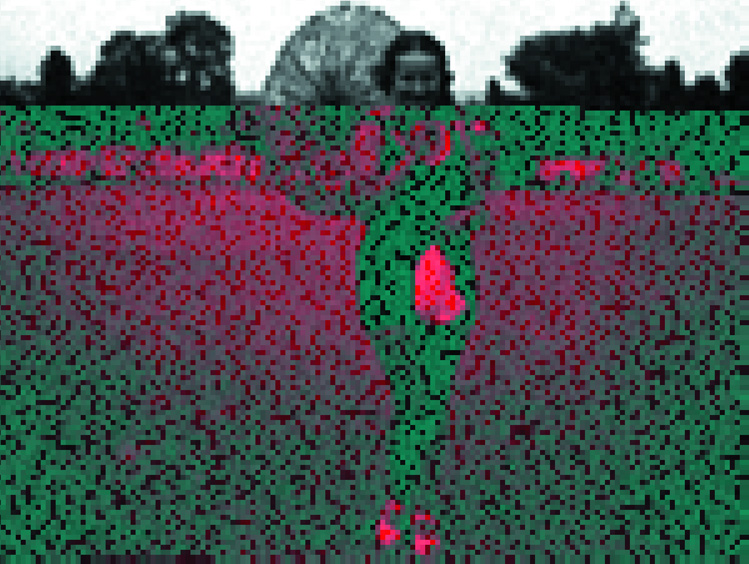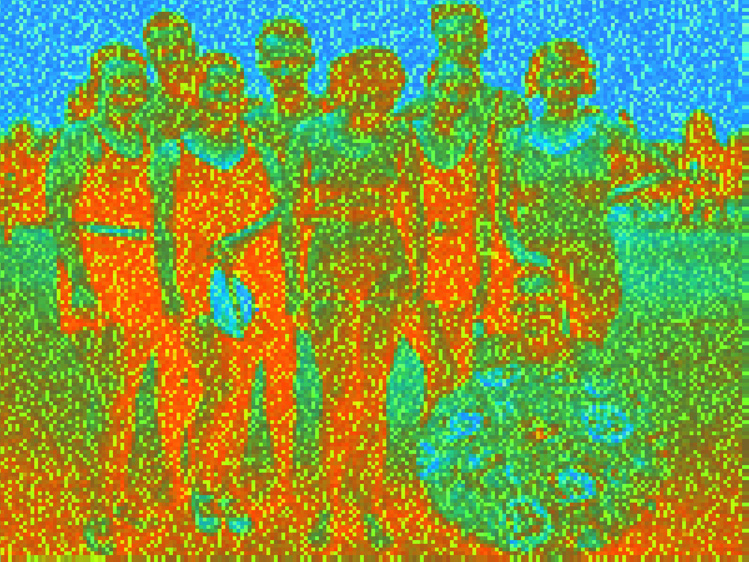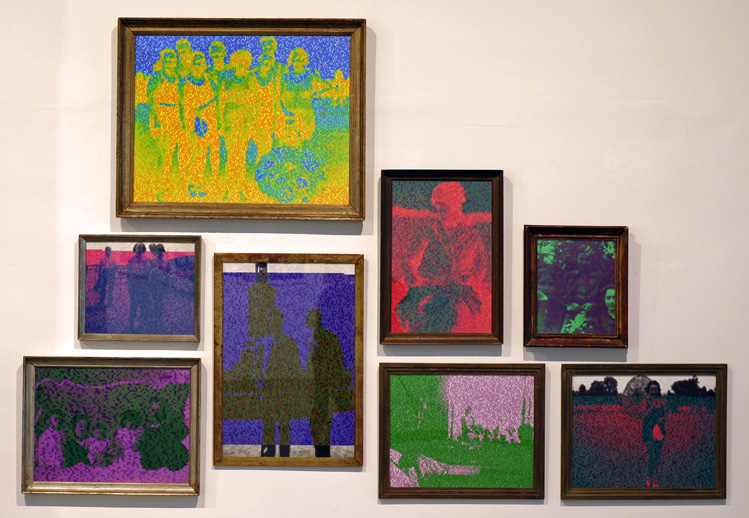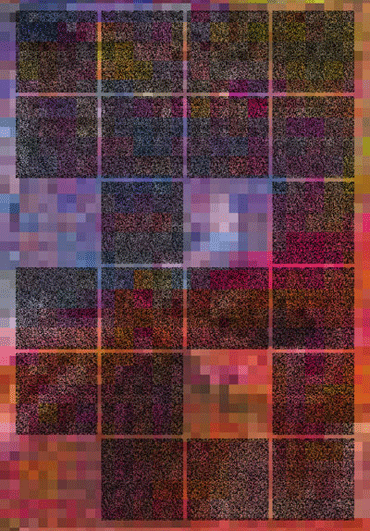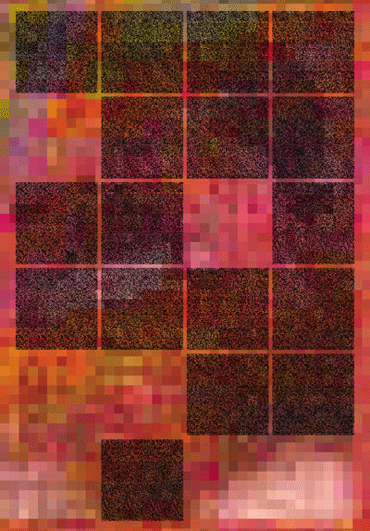|
Zoltán Szegedy-Maszák |
||
|
Related works: Cryptogram, Studies on Autostereography, Steganogram: Stereogram, Blockdiagrams Steganography is the science of hiding information. Whereas cryptography aims at making evidently existing information indecipherable for others, steganographic methods are meant to conceal the very act of communication. Cryptography renders the message illegible, while steganography makes it invisible. Digital watermarks, contemporary equivalents of invisible ink writing, are widely used as a way of copyright protection. Most picture editor softwares are able to mingle special data into the visual information. The changes in the original file, however, are invisible for the human eye, since every piece of information, whether pertaining to texts, images, sounds, moving images, or anything at all, is stored in our computers in the form of numerical sequences. For instance, by replacing specific digits in the numerical sequence defining the colour of an image’s picture elements with codes signifying letters in a chain of characters, you will get a document that comprises a hidden textual message besides the visual information. In this case, the visual information is an innocuous cover document, providing you have made sure not to modify the image perceptibly. If you chose a sufficiently large picture as a cover document, and divided the numerical sequence describing the information into the smallest particles possible, then you can easily mix the actual message into it without essentially modifying the picture. Even if the censors become suspicious, the hidden message will remain difficult to decipher since they do not know the exact location (patch), and the algorithm by which, the message is hidden in the picture. A disadvantage of the method is, however, that as compared to the actually intended message, you need much larger amount of (uninteresting) visual information to cover it up. |
||
|
||
For the Variations on Steganography series I did not intend to use an appropriately large image to hide the text. Within black-and-white photographs of small resolution, I encoded inproportionately long excerpts from Plotinos’ Enneads. Thus, the image’s colours were considerably changed, demonstrating the contest between equally treated visual and textual information, the duel of the “veil” and the “veiled”. |
||
|
||
Approaching steganography with a decoder’s attitude, many attempts have been made in the past that aimed to explore hidden messages on prominent pictures or renowned paintings. The spread of digital photography and image processing raises the issue whether we can be sure of our own images, our own photo albums, or even of the photographs of significant moments and persons adorning the wall of our grandparents. Might they contain hidden messages, too? This is, among others, what I alluded to when I chose photographs from my family album to serve as “veils” for Plotinos’ statements. |
||
|
||
During my research of visual messages that are imperceptible at first sight, I started to study images depicting the characteristics of human vision, and especially the image types associated with Gyula Julesz’s name: block diagrams and autostereograms. Whereas the former are only recognizable from a distance with squinting eyes, through which the amount of information getting to our eyes is limited, the latter will reveal the hidden spatial order within the random dots when viewed from up close, with relaxed eye muscles: a relief-like stereoscopic view. In the Steganogram: Stereogram series I applied these two methods on a single pictorial surface. These images of double meaning and double view have to be observed from at least two aspects, with two modes of eye movement and gesture, so that the intended information becomes perceivable. If you keep the necessary distance and ignore the details, you will be able to recognise half of the image. Then, when you walk quite close and view it cross-eyed, you will see the spaces, the stereoscopic reliefs hiding behind the surface. By reading them together, you can reconstruct the message literarily hidden behind the image.
|
||
|
